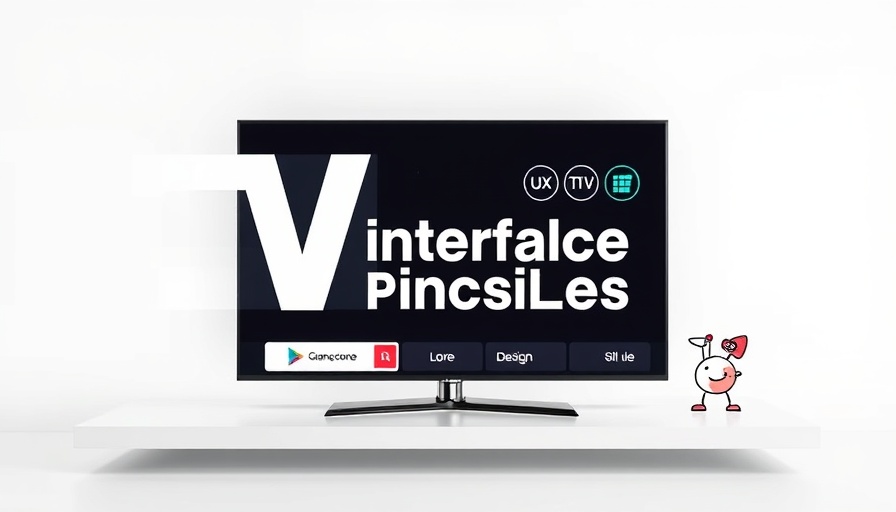
Unpacking the 10-Foot Experience: Foundations of TV Design
As we transition from the historical context of television design to its practical application, understanding the "10-foot experience" is vital. This phenomenon describes how viewers interact with their TVs from a distance of about ten feet. The design principles for this experience are predicated on simplifying navigation through the interface. The primary tools in this interaction are the six buttons typically found on a TV remote, including navigation arrows and enter buttons. Effective TV design centers on facilitating easy access to content while promoting an enjoyable viewing experience.
Hardware Limitations and Opportunities
Modern TVs often lag behind smartphones and computers regarding technological advancements. Hardware constraints can affect the performance and user experience of various platforms. Devices like Roku, Android TV, and tvOS can differ in usability, performance, and price. Nevertheless, they all uphold a consistent remote control scheme functioning on core navigation principles. This similarity promotes a universal design approach, forging a path where designers can apply common strategies across several platforms.
Designing for Diverse Platforms: Common Threads
Whether designing for WebOS, Android TV, or other platforms, recognizing the shared control systems allows for harmonious design across interfaces. Simplifying designs into understandable interfaces is crucial. For instance, although Roku offers an affordable platform, its weak hardware means innovative but straightforward design is pivotal for a functional user experience. This approach highlights accessibility in design, ensuring that users of all technological familiarity can engage effortlessly.
The Significance of Overscan in TV Design
One of the longstanding issues in TV design remains the concept of overscan. Historically, TVs cropped images, leading to significant content loss. Designers today must remember these legacy issues while creating contemporary TV interfaces. Adhering to overscan guidelines ensures that crucial visual elements remain visible, avoiding disconnects between the content's intention and the viewer's experience.
Looking Ahead: The Future of TV Interface Design
The future of TV interface design lies in continued evolution towards more intuitive user experiences. As technology progresses, user expectations will heighten, pushing designers to innovate continuously. Streaming platforms, for example, are already taking bold steps by emphasizing personalization and interaction within their interfaces. This means anticipating viewer preferences and making choices for them, leading to seamless content consumption.
In conclusion, effective TV design encompasses understanding the past, utilizing hardware strengths, and anticipating future trends. As designers, we must create interfaces that not only function properly but also resonate emotionally with viewers. This approach not only enhances user interaction but builds brand loyalty through thoughtful design.
 Add Row
Add Row  Add
Add 




Write A Comment